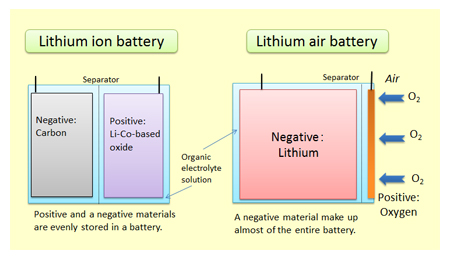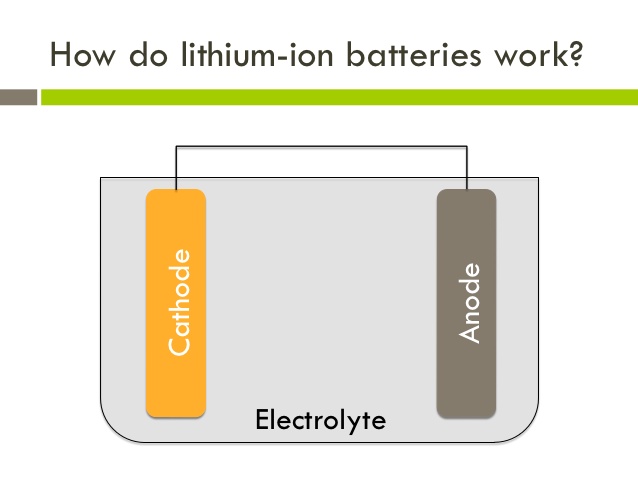A PHP Error was encountered
Severity: Warning
Message: ini_set(): Session ini settings cannot be changed when a session is active
Filename: Session/Session.php
Line Number: 284
Backtrace:
File: /home2/amanaayg/public_html/lithiumionbattery.org/application/controllers/Activities.php
File: /home2/amanaayg/public_html/lithiumionbattery.org/index.php
A PHP Error was encountered
Severity: Warning
Message: session_set_cookie_params(): Session cookie parameters cannot be changed when a session is active
Filename: Session/Session.php
Line Number: 296
Backtrace:
File: /home2/amanaayg/public_html/lithiumionbattery.org/application/controllers/Activities.php
File: /home2/amanaayg/public_html/lithiumionbattery.org/index.php
A PHP Error was encountered
Severity: Warning
Message: ini_set(): Session ini settings cannot be changed when a session is active
Filename: Session/Session.php
Line Number: 306
Backtrace:
File: /home2/amanaayg/public_html/lithiumionbattery.org/application/controllers/Activities.php
File: /home2/amanaayg/public_html/lithiumionbattery.org/index.php
A PHP Error was encountered
Severity: Warning
Message: ini_set(): Session ini settings cannot be changed when a session is active
Filename: Session/Session.php
Line Number: 316
Backtrace:
File: /home2/amanaayg/public_html/lithiumionbattery.org/application/controllers/Activities.php
File: /home2/amanaayg/public_html/lithiumionbattery.org/index.php
A PHP Error was encountered
Severity: Warning
Message: ini_set(): Session ini settings cannot be changed after headers have already been sent
Filename: Session/Session.php
Line Number: 317
Backtrace:
File: /home2/amanaayg/public_html/lithiumionbattery.org/application/controllers/Activities.php
File: /home2/amanaayg/public_html/lithiumionbattery.org/index.php
A PHP Error was encountered
Severity: Warning
Message: ini_set(): Session ini settings cannot be changed after headers have already been sent
Filename: Session/Session.php
Line Number: 318
Backtrace:
File: /home2/amanaayg/public_html/lithiumionbattery.org/application/controllers/Activities.php
File: /home2/amanaayg/public_html/lithiumionbattery.org/index.php
A PHP Error was encountered
Severity: Warning
Message: ini_set(): Session ini settings cannot be changed after headers have already been sent
Filename: Session/Session.php
Line Number: 319
Backtrace:
File: /home2/amanaayg/public_html/lithiumionbattery.org/application/controllers/Activities.php
File: /home2/amanaayg/public_html/lithiumionbattery.org/index.php
A PHP Error was encountered
Severity: Warning
Message: ini_set(): Session ini settings cannot be changed after headers have already been sent
Filename: Session/Session.php
Line Number: 377
Backtrace:
File: /home2/amanaayg/public_html/lithiumionbattery.org/application/controllers/Activities.php
File: /home2/amanaayg/public_html/lithiumionbattery.org/index.php
A PHP Error was encountered
Severity: Warning
Message: ini_set(): Session ini settings cannot be changed when a session is active
Filename: drivers/Session_files_driver.php
Line Number: 108
Backtrace:
File: /home2/amanaayg/public_html/lithiumionbattery.org/application/controllers/Activities.php
File: /home2/amanaayg/public_html/lithiumionbattery.org/index.php
A PHP Error was encountered
Severity: Warning
Message: session_set_save_handler(): Session save handler cannot be changed when a session is active
Filename: Session/Session.php
Line Number: 110
Backtrace:
File: /home2/amanaayg/public_html/lithiumionbattery.org/application/controllers/Activities.php
File: /home2/amanaayg/public_html/lithiumionbattery.org/index.php
A PHP Error was encountered
Severity: Notice
Message: session_start(): Ignoring session_start() because a session is already active
Filename: Session/Session.php
Line Number: 143
Backtrace:
File: /home2/amanaayg/public_html/lithiumionbattery.org/application/controllers/Activities.php
File: /home2/amanaayg/public_html/lithiumionbattery.org/index.php
Battery of the Future – Solid State Lithium
Battery of the Future – Solid State Lithium
VIDEO
A critical overview of the latest developments in the lithium ion batteries technology is reported. We first describe the evolution in the electrolyte area with particular attention to ionic liquids, discussing the expected application of these room temperature molten salts and listing the issues that still prevent their practical implementation. The attention is then focused on the electrode materials presently considered the most promising for enhancing the energy density of the batteries. At the anode side a discussion is provided on the status of development of high capacity tin and silicon lithium alloys. We show that the morphology that is the most likely to ensure commercial exploitation of these alloy electrodes is that involving carbon-based nanocomposites. We finally touch on super-high-capacity batteries, discussing the key cases of lithium-sulfur and lithium-air and attempting to forecast their chances to eventually reach the status of practically appealing energy storage systems. We conclude with a brief reflection on the amount of lithium reserves in view of its large use in the case of global conversion from gasoline-powered cars to hybrid and electric cars.






How Lithium-ion batteries are made